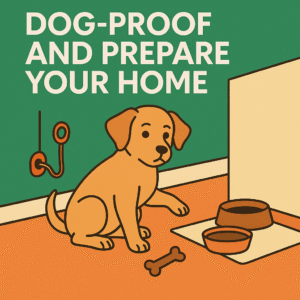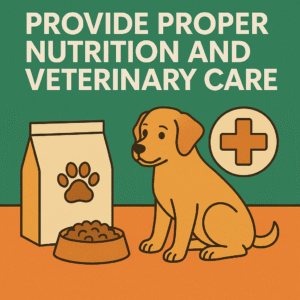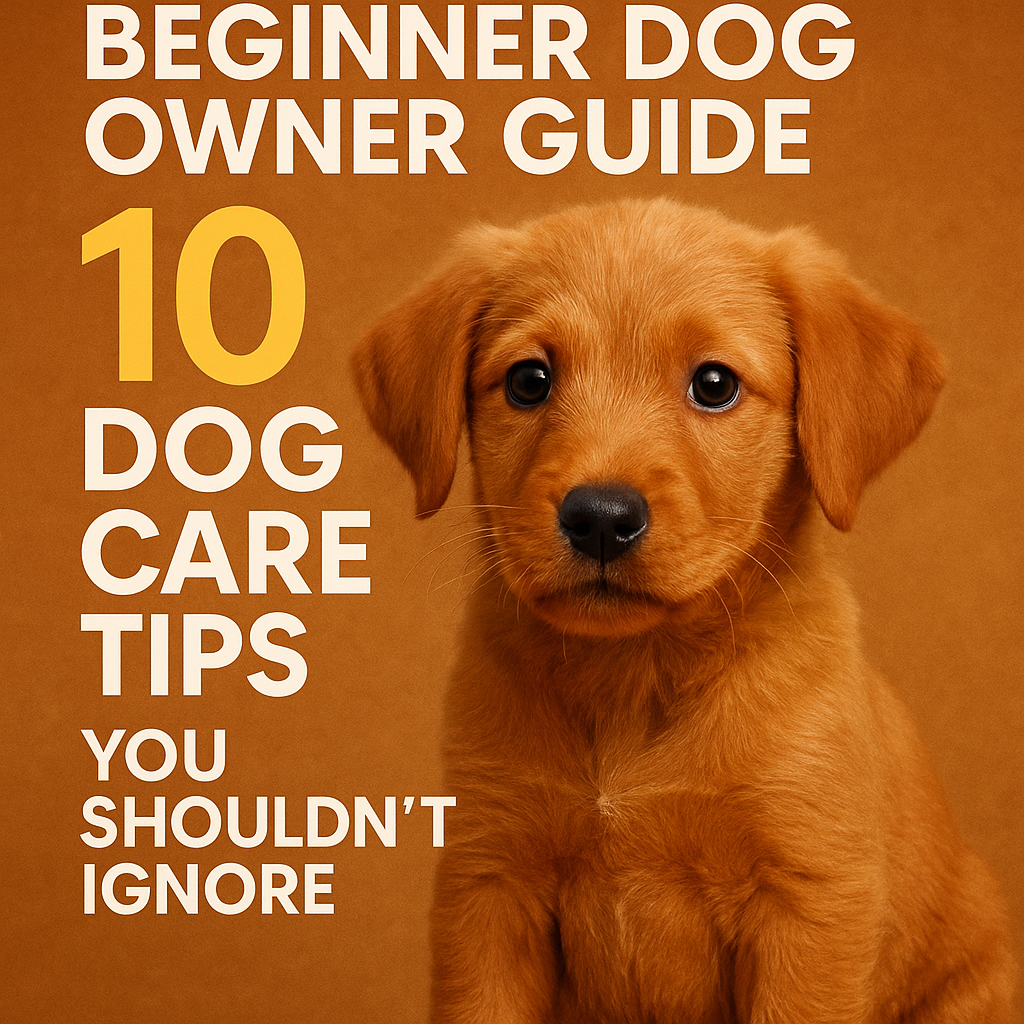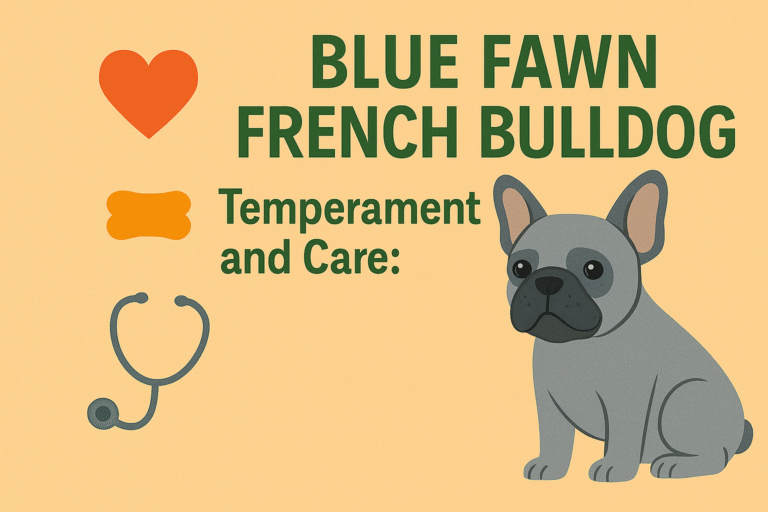Beginner Dog Owner Guide: 10 Dog Care Tips You Shouldn’t Ignore
Welcoming a dog into your life is an incredible journey. Whether you’re adopting a puppy or an adult dog, it’s important to be prepared for the responsibility that comes with being a first-time dog parent. This Beginner Dog Owner Guide lays out 10 must-know dog care tips that will help you build a strong, loving bond with your new four-legged friend—while avoiding common pitfalls.
1. Choose the Right Dog for Your Lifestyle
Before bringing home a dog, it’s crucial to consider your living situation, daily routine, and activity level. Some dogs need plenty of exercise and mental stimulation, while others are more laid-back and content with shorter walks and cuddle sessions. Matching the dog’s temperament and energy level with your lifestyle is key to a happy, stress-free life together.
2. Dog-Proof and Prepare Your Home

Dogs are curious creatures—especially puppies. Make your home safe by securing cords, stowing away small objects, and removing anything that could be toxic if chewed or swallowed. Set up a specific area for your dog with a bed, food and water bowls, and some safe toys. This gives them a sense of security and helps them adapt more quickly to their new environment.
3. Establish a Daily Routine
Dogs thrive on structure. A consistent daily routine helps reduce anxiety and sets the stage for effective training. Plan out regular meal times, bathroom breaks, exercise, play sessions, and bedtime. When your dog knows what to expect, they’ll feel more secure and well-adjusted.
4. Crate and House Train With Patience
House training is one of the first challenges new dog owners face. Crate training is an effective and humane method that gives your dog a safe space while preventing indoor accidents. Take your dog outside frequently, reward them for going potty in the right place, and be consistent. Accidents will happen, but patience and a positive attitude go a long way.
5. Begin Socialization and Basic Training Early
The earlier you start socializing your dog, the better. Gently expose them to different environments, people, other dogs, and sounds. This helps reduce fear and build confidence. Start with basic commands like sit, stay, come, and leave it. Short, positive training sessions using treats and praise will set a strong foundation for good behavior.
6. Provide Proper Nutrition and Veterinary Care

Feeding your dog a well-balanced diet that matches their age, breed, and activity level is essential. Choose high-quality food and consult your veterinarian about feeding guidelines. Don’t forget regular vet check-ups, vaccinations, flea and tick prevention, and dental care. Early detection of health issues can prevent bigger problems down the road.
7. Stay on Top of Grooming and Hygiene
Grooming isn’t just about keeping your dog looking good—it’s also vital for their health. Brush their coat regularly to remove loose fur and prevent mats, clean their ears, trim their nails, and bathe them as needed. Grooming time also offers a great opportunity to bond and check for skin issues, lumps, or parasites.
8. Keep Their Mind and Body Active
Dogs need both physical and mental stimulation to stay happy and well-behaved. Daily walks, play sessions, and games like fetch or hide-and-seek are great ways to keep your pup engaged. Puzzle toys and training exercises challenge their minds and prevent boredom, which can lead to destructive behavior.
9. Be Patient During the Adjustment Period
The first few weeks in a new home can be overwhelming for a dog. It’s normal for them to feel anxious or unsure at first. Be patient, calm, and consistent. Avoid punishment and instead reward the behaviors you want to see. It may take time, but your dog will eventually feel secure and start to thrive.
10. Build a Bond Through Positive Interaction
Your dog looks to you for guidance, safety, and companionship. Strengthen your bond by spending quality time together. Use praise, petting, play, and training to build trust. Pay attention to your dog’s body language, and learn when they want interaction or space. A strong relationship forms the foundation of a happy life together.
Frequently Asked Questions (FAQs)
1. How long does it take to house train a dog?
It depends on the dog’s age and previous experiences. Puppies may take a few weeks to a few months. Consistency, supervision, and positive reinforcement are key.
2. Should I crate train my dog?
Yes, crate training can help with potty training, preventing destruction, and giving your dog a secure place to relax. It must be introduced gradually and used positively.
3. When can I start training my new dog?
Start right away with basic commands. Puppies can begin training as early as 8 weeks old. Keep sessions short and fun to maintain interest.
4. What’s the best way to socialize a dog?
Expose your dog to different people, places, and pets gradually. Keep it positive and reward calm behavior. Avoid overwhelming situations during early stages.
5. How often should I walk my dog?
Most dogs benefit from at least two walks a day. Some active breeds may need more. Adjust based on your dog’s energy and health needs.
6. My dog is chewing everything—what should I do?
Redirect chewing to safe toys, supervise closely, and remove tempting objects. Chewing is normal, especially for puppies, but can be managed with training and structure.
Conclusion
Being a first-time dog owner is both a joy and a learning curve. With love, patience, and the right knowledge, you’ll build a strong foundation for a happy and healthy life with your new companion. These 10 dog care tips you shouldn’t ignore will help guide your journey—ensuring your dog feels safe, supported, and truly at home.







